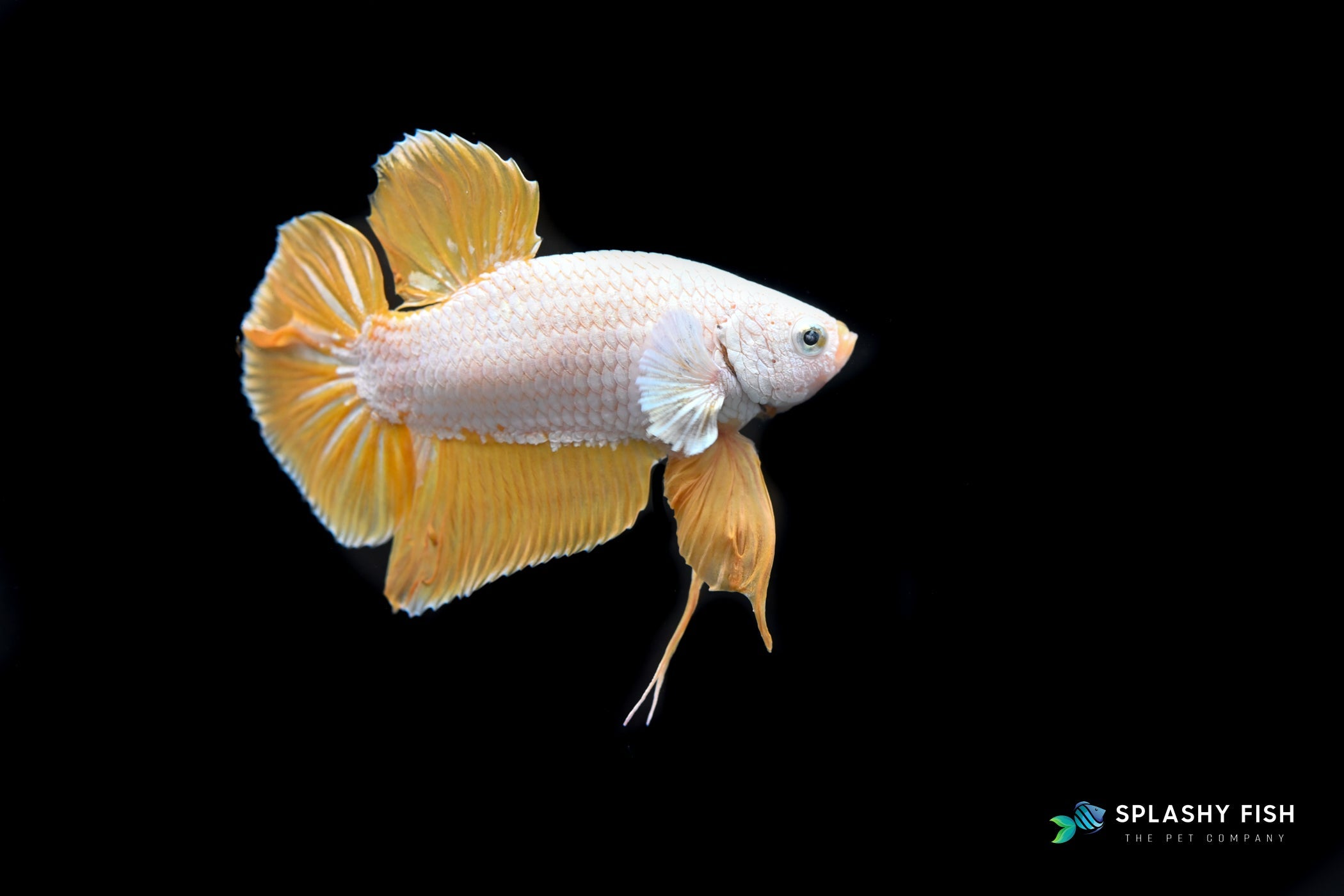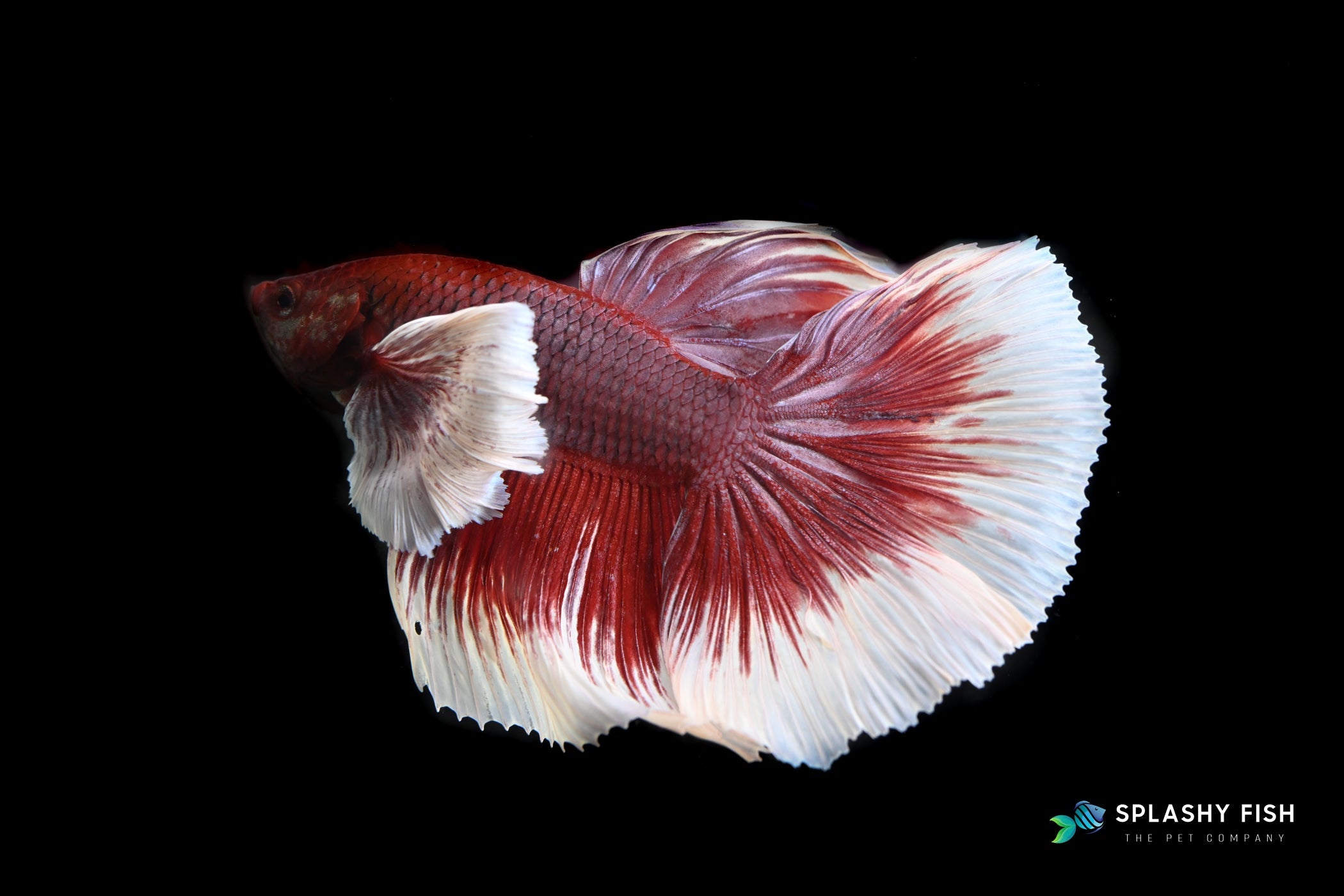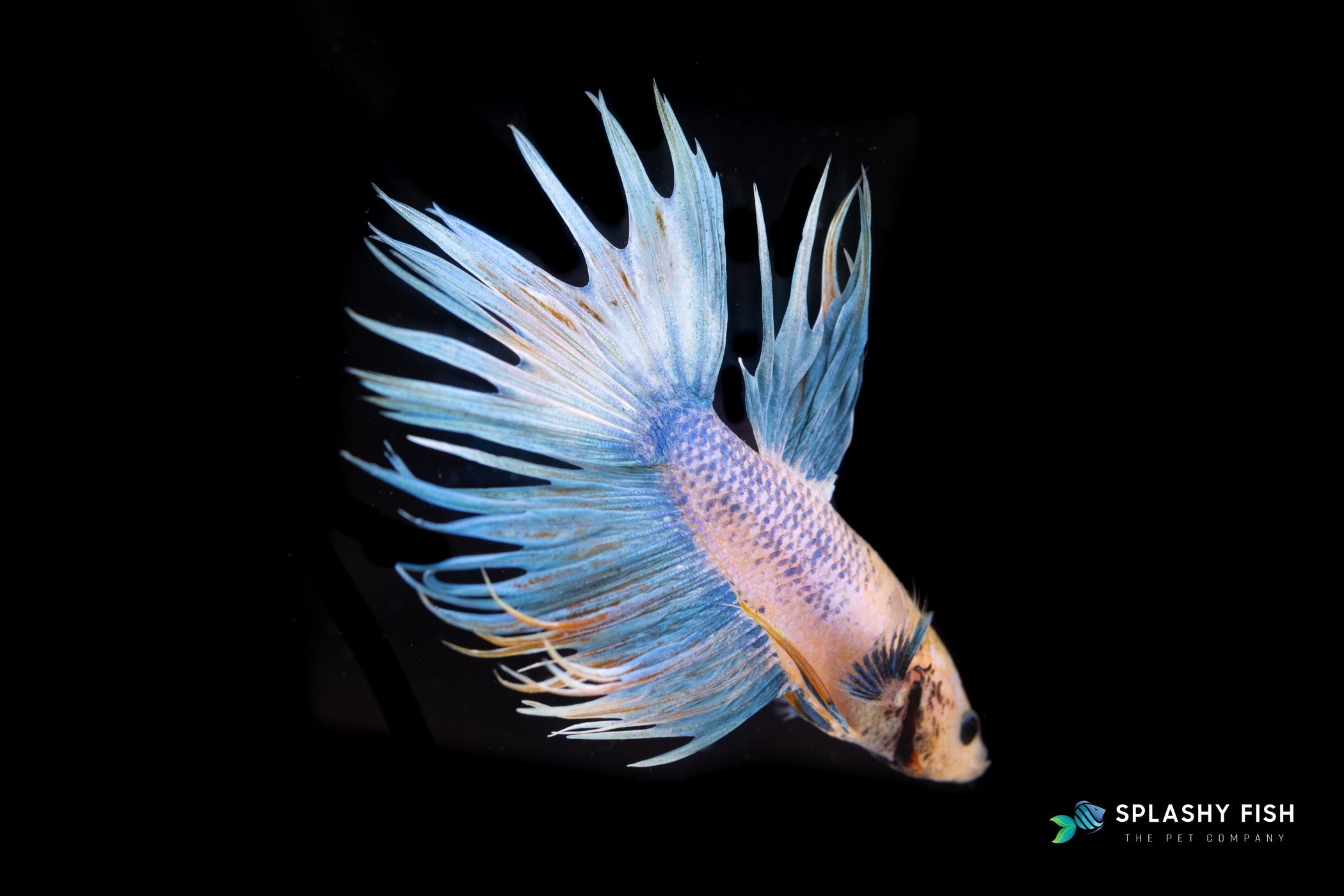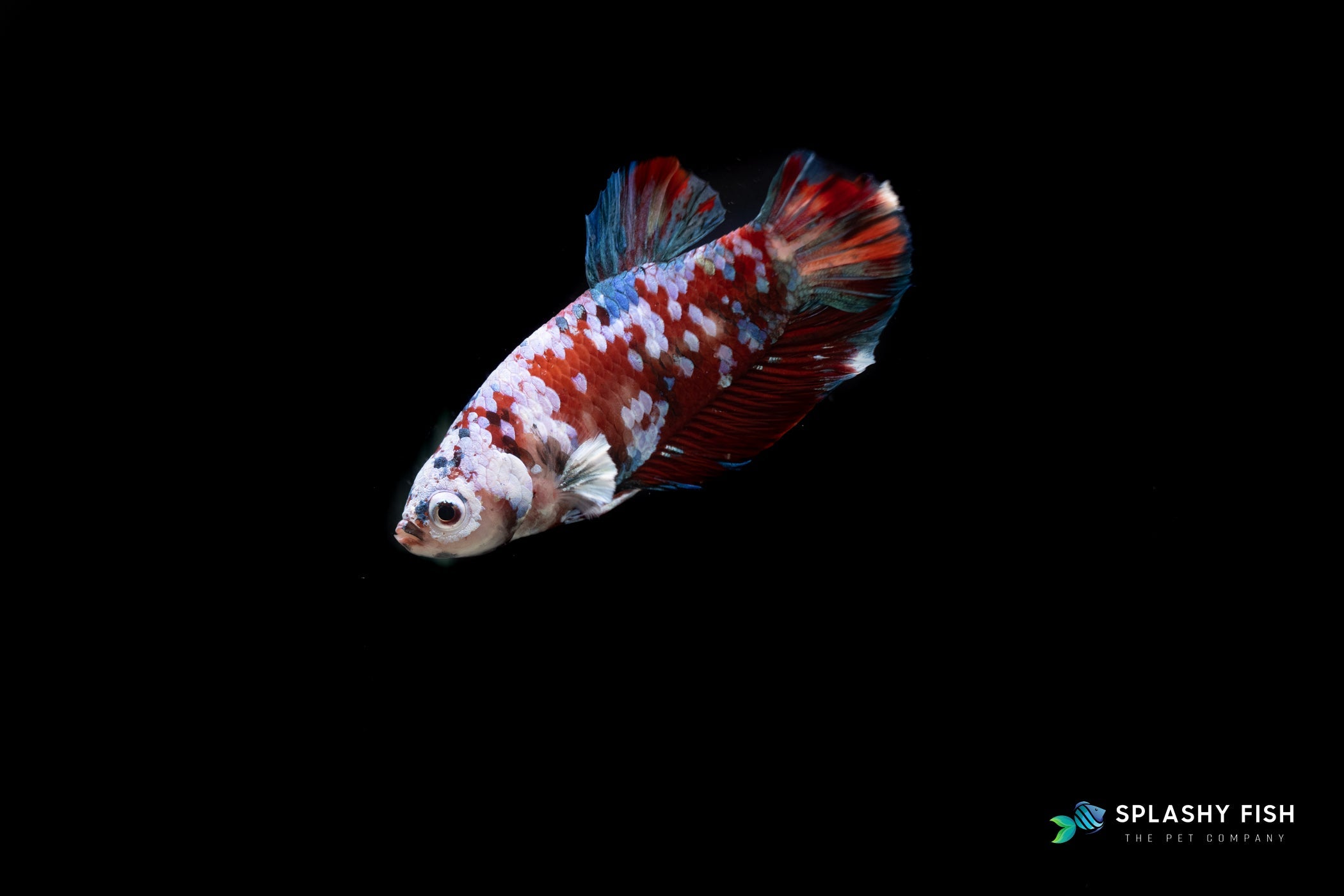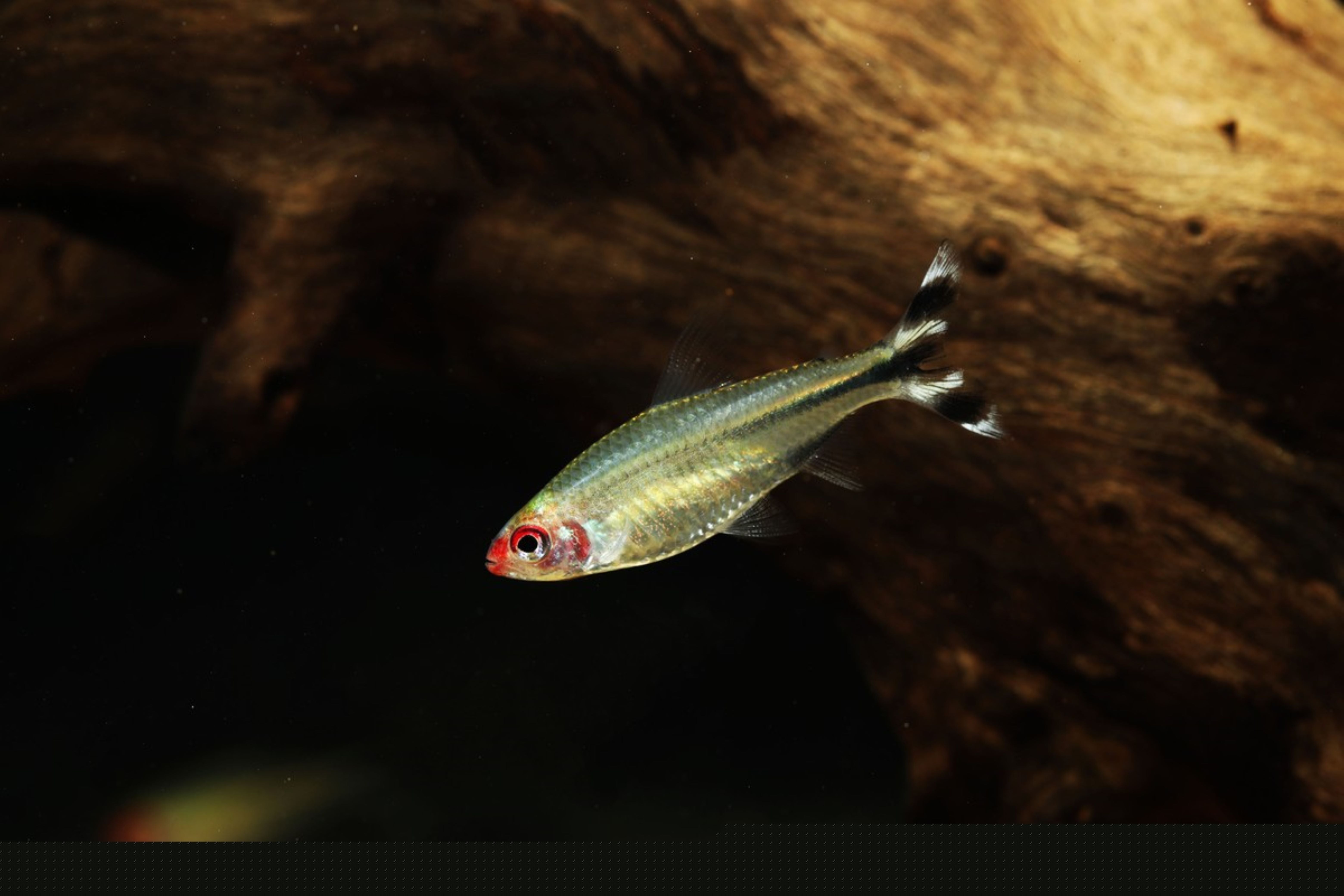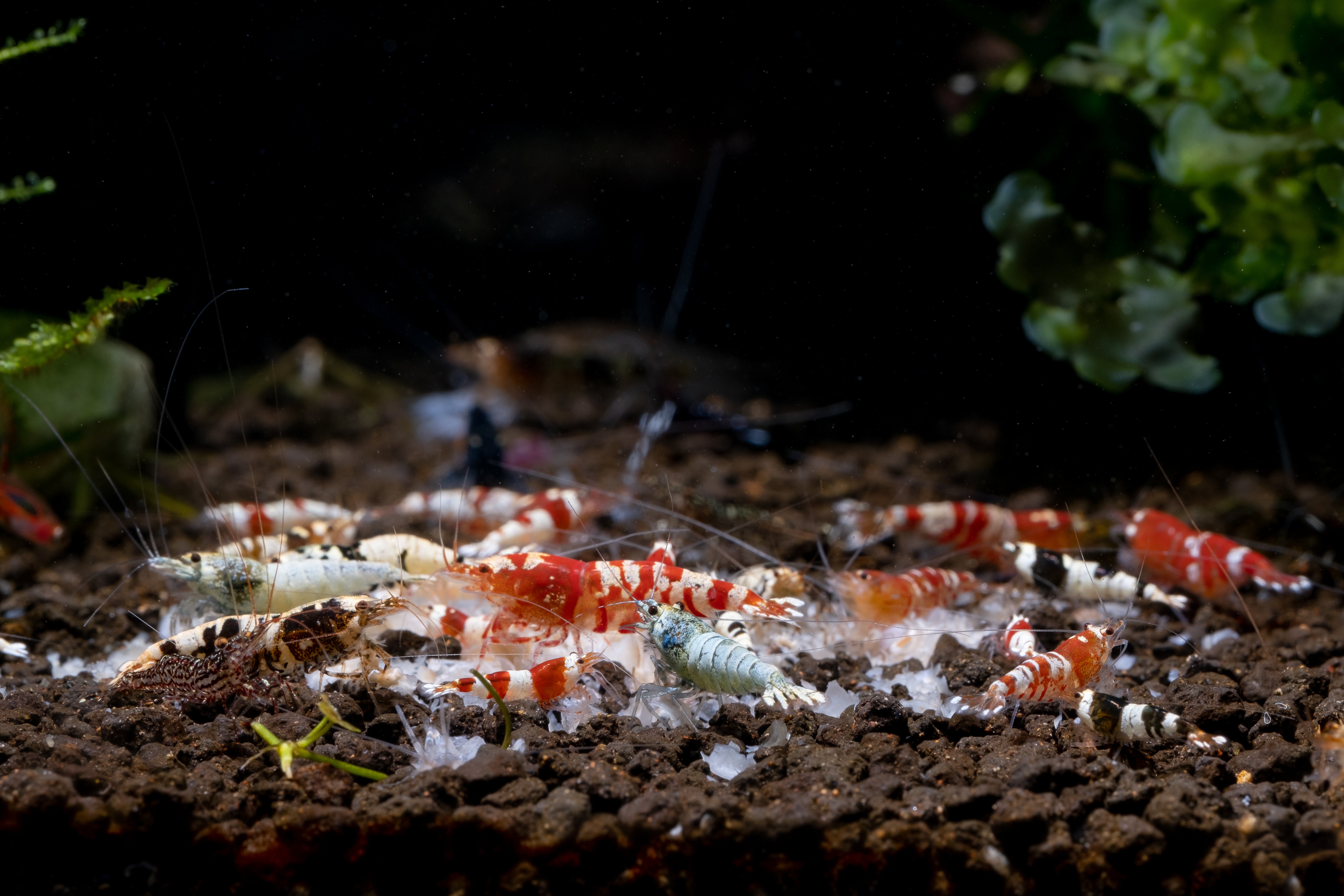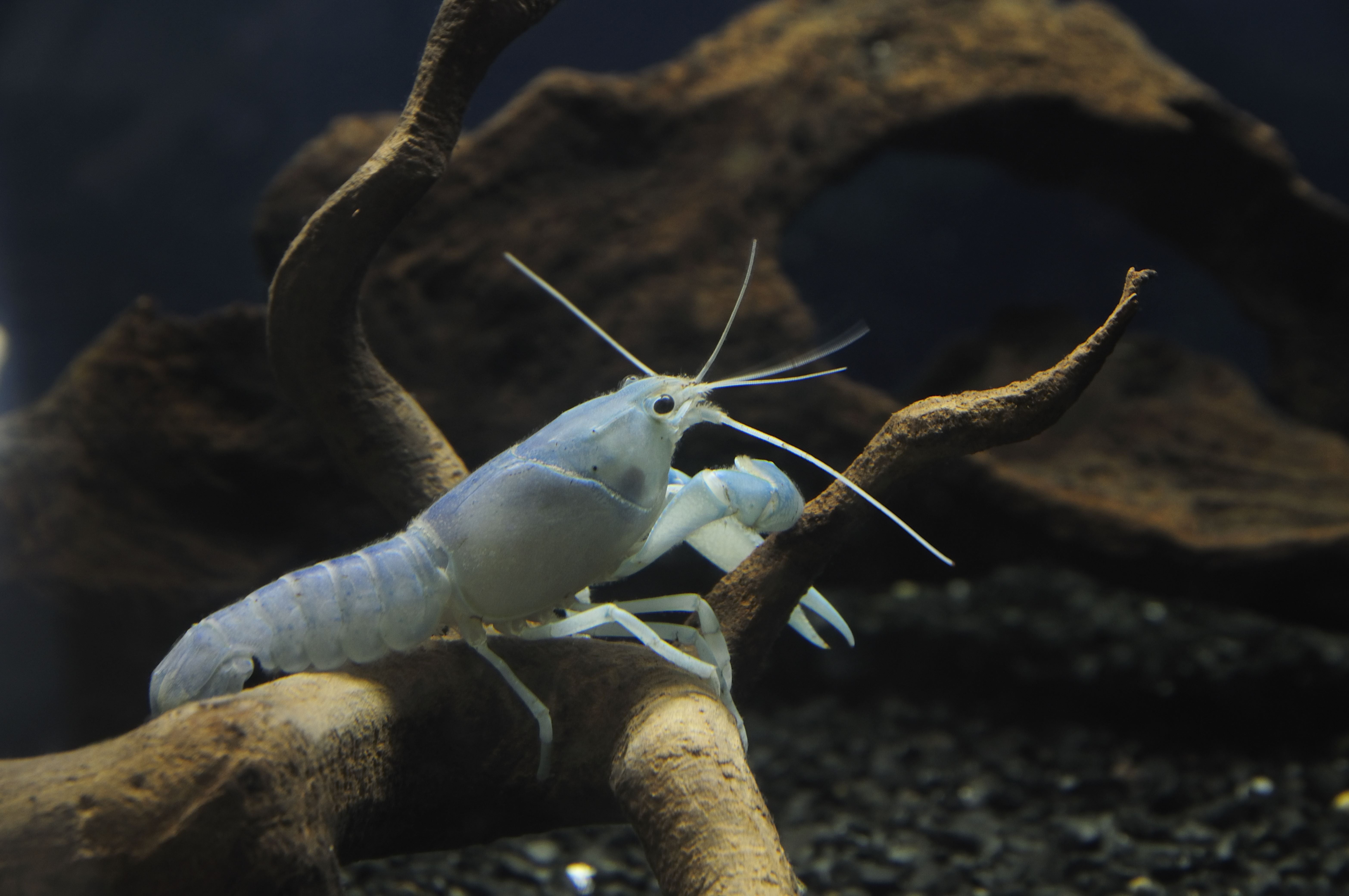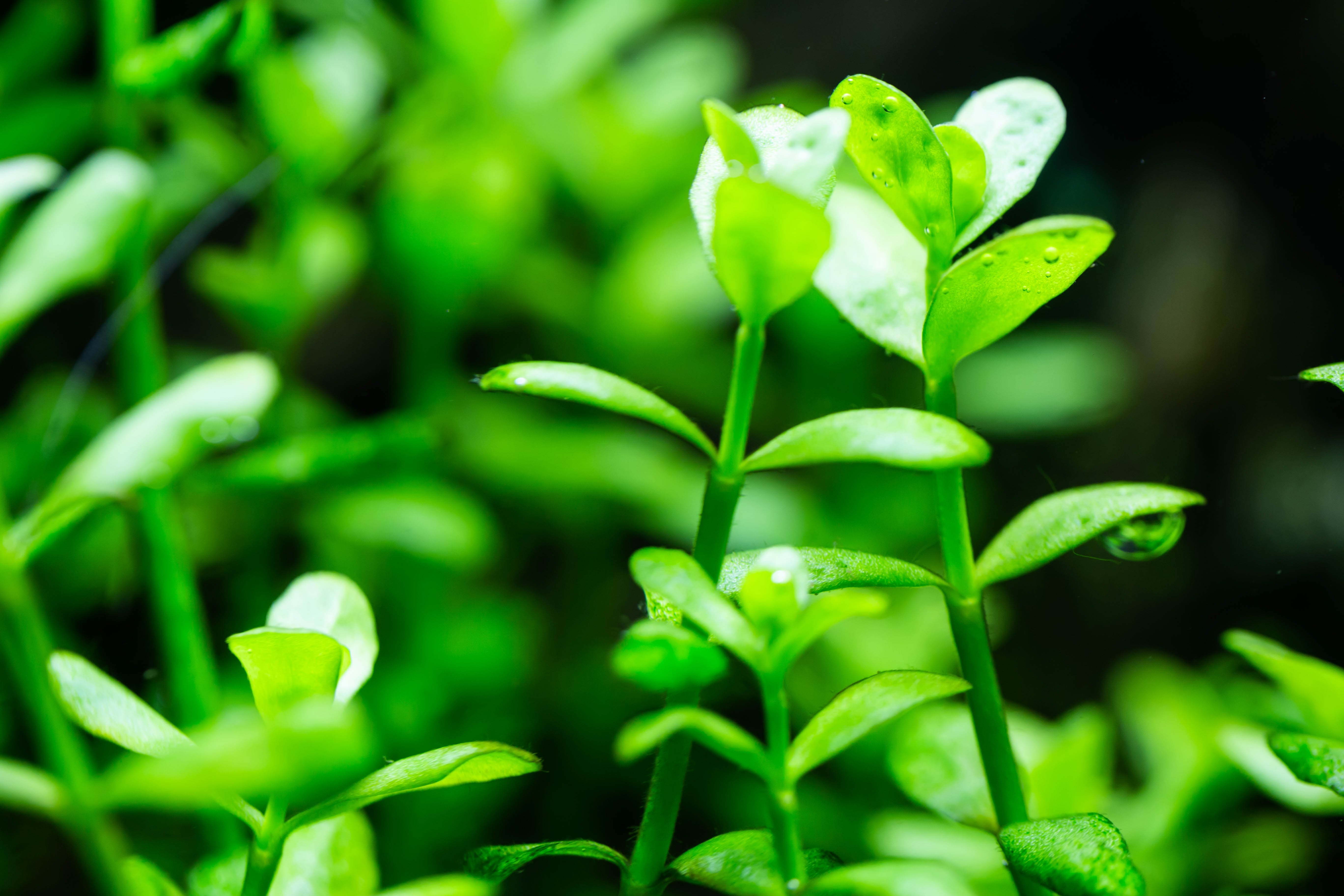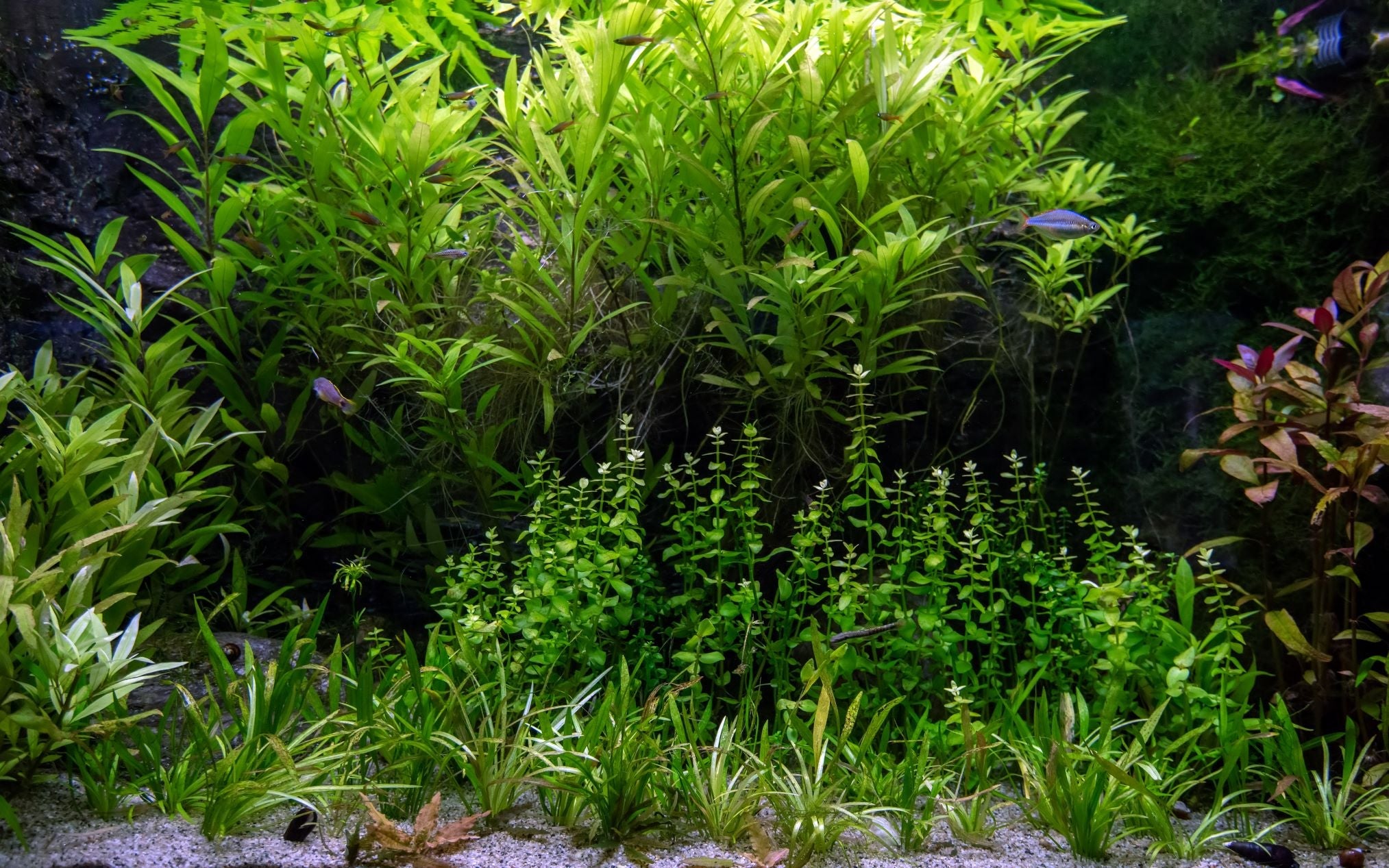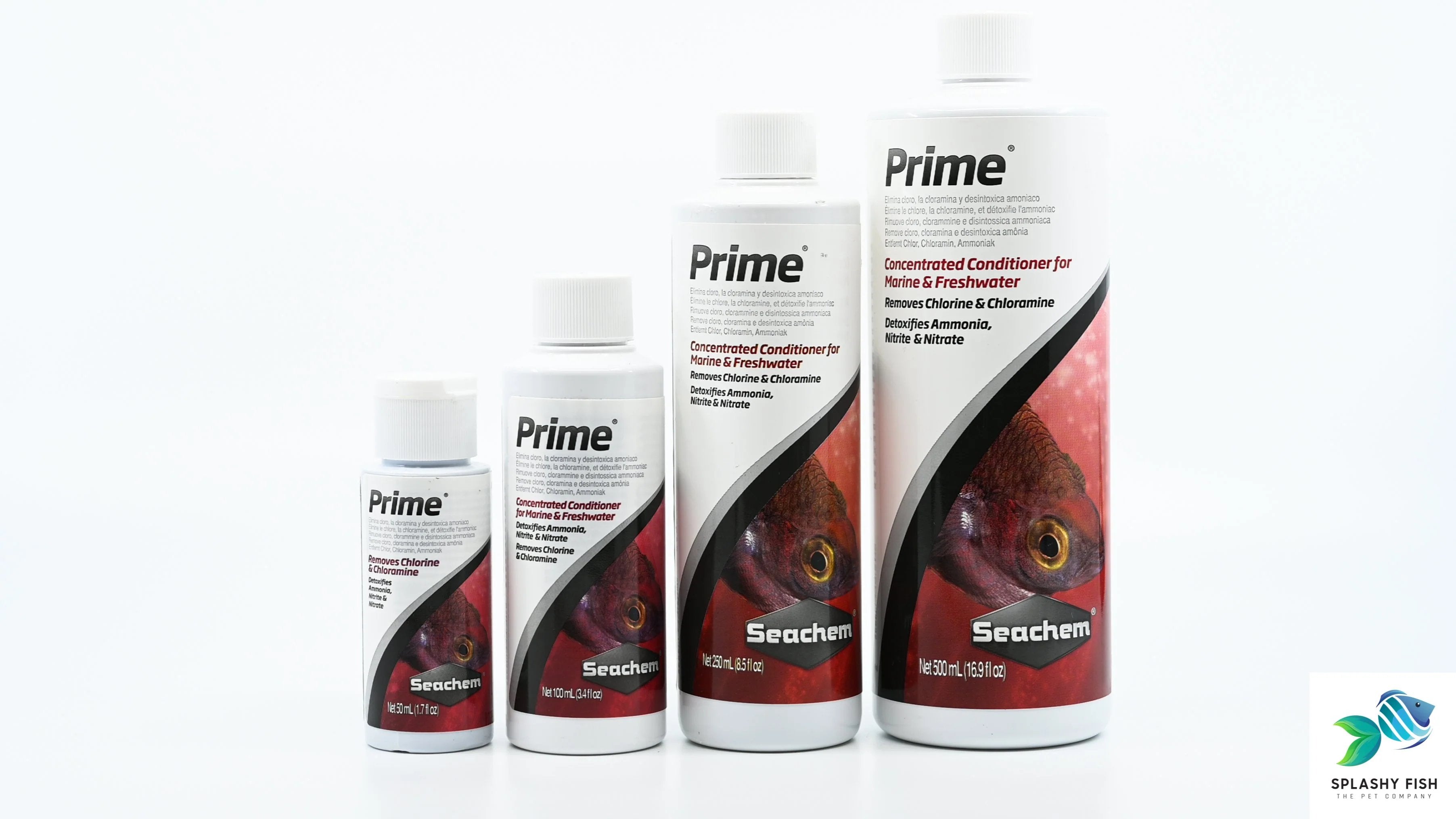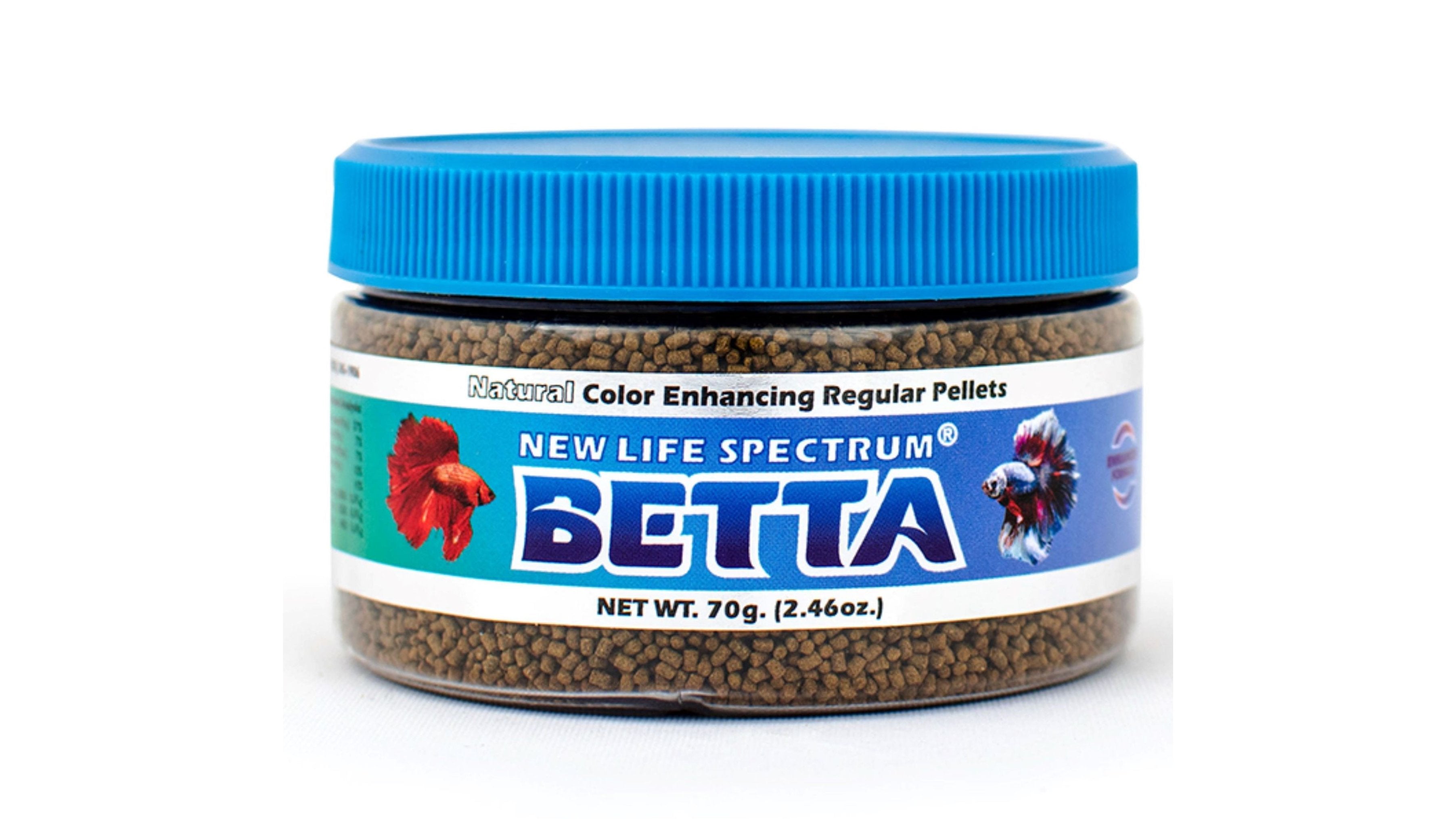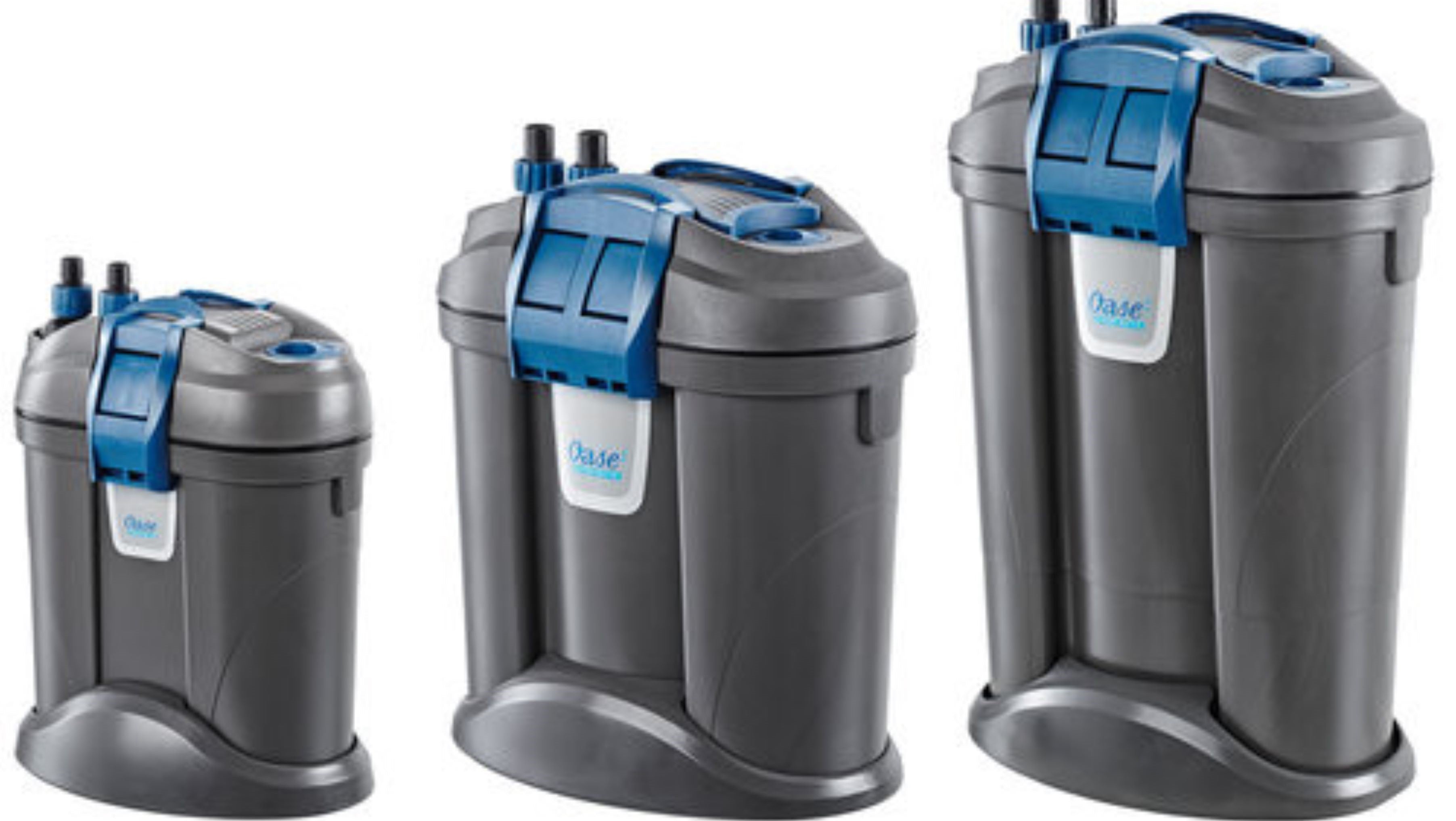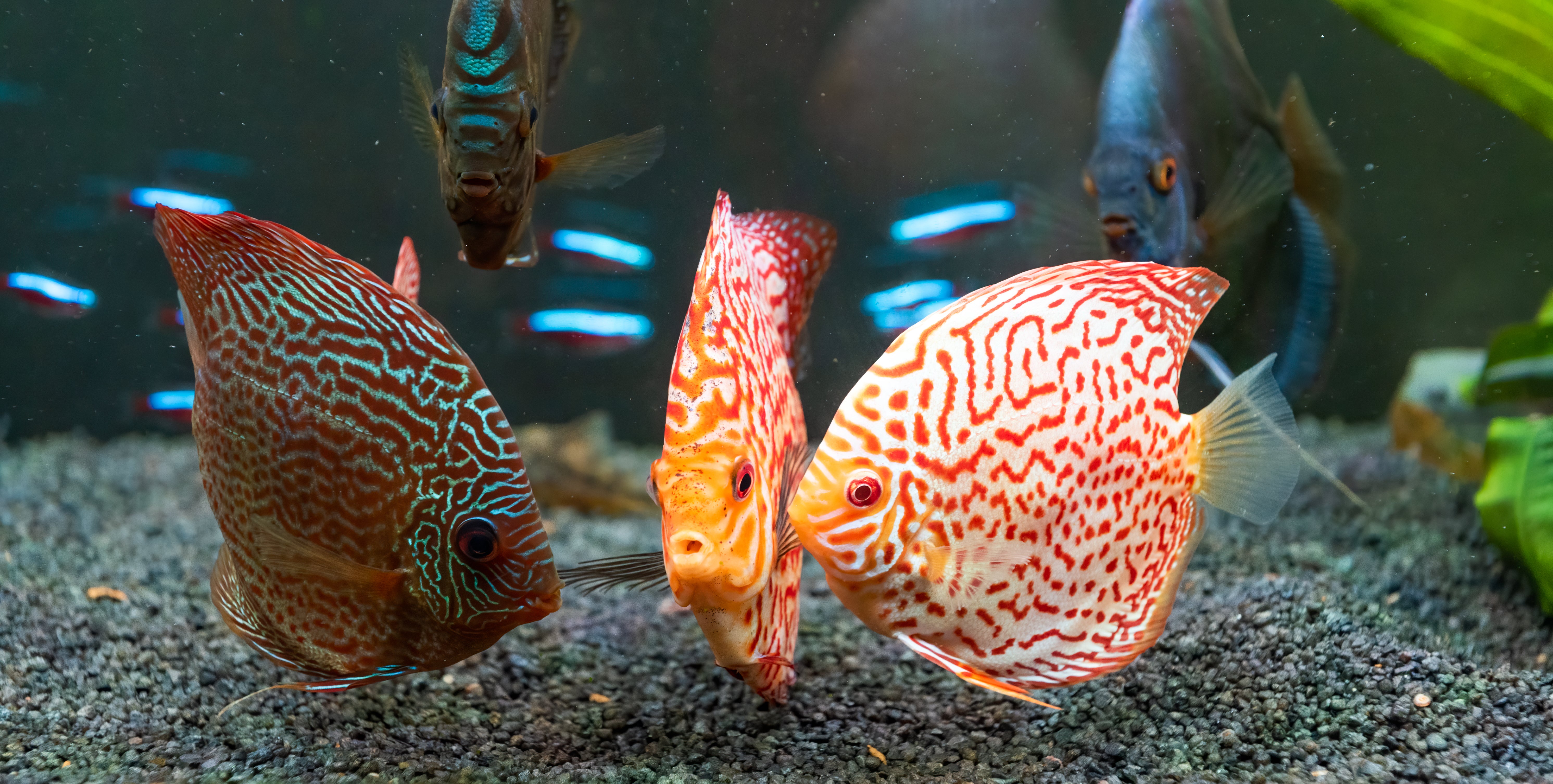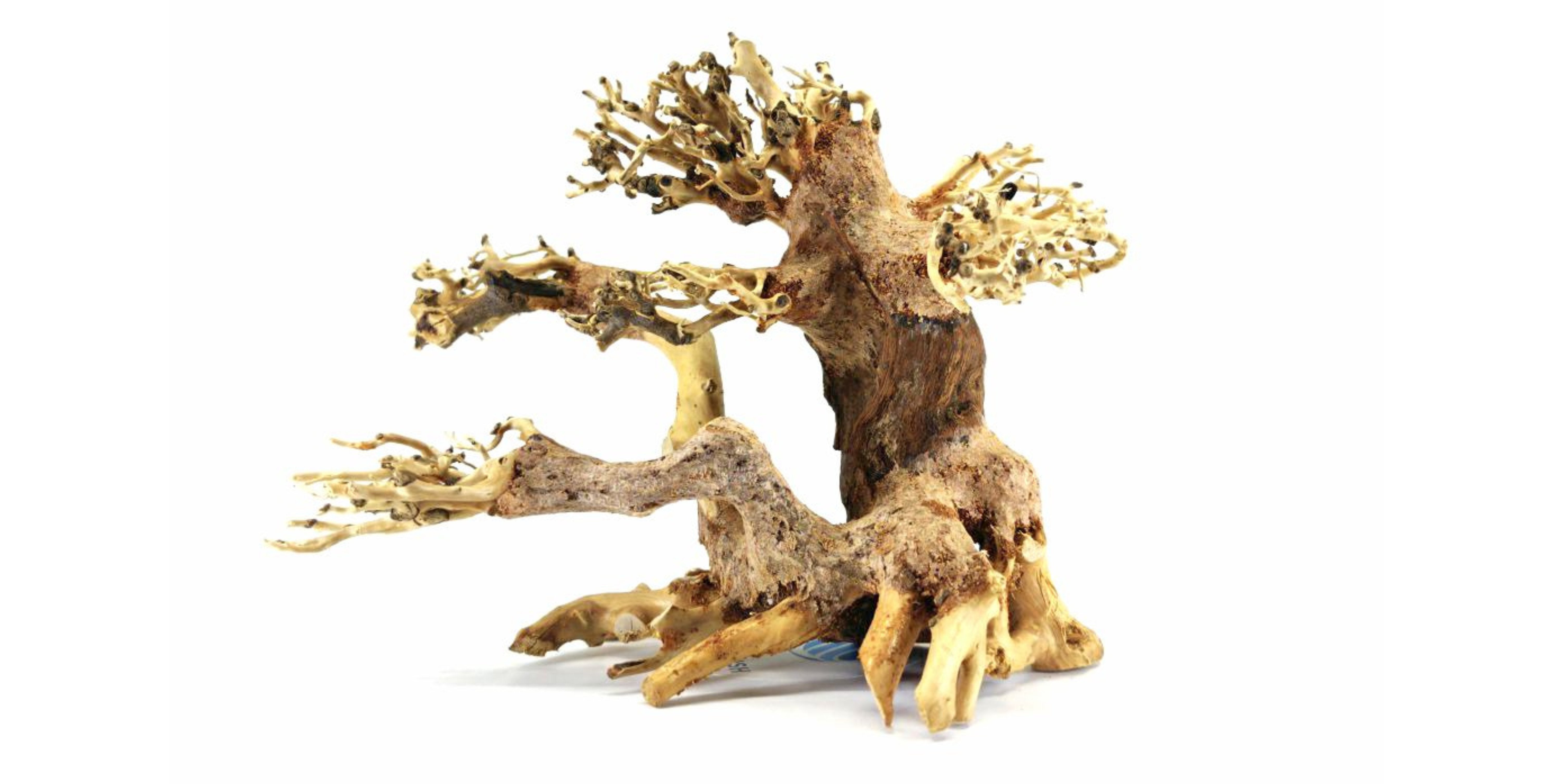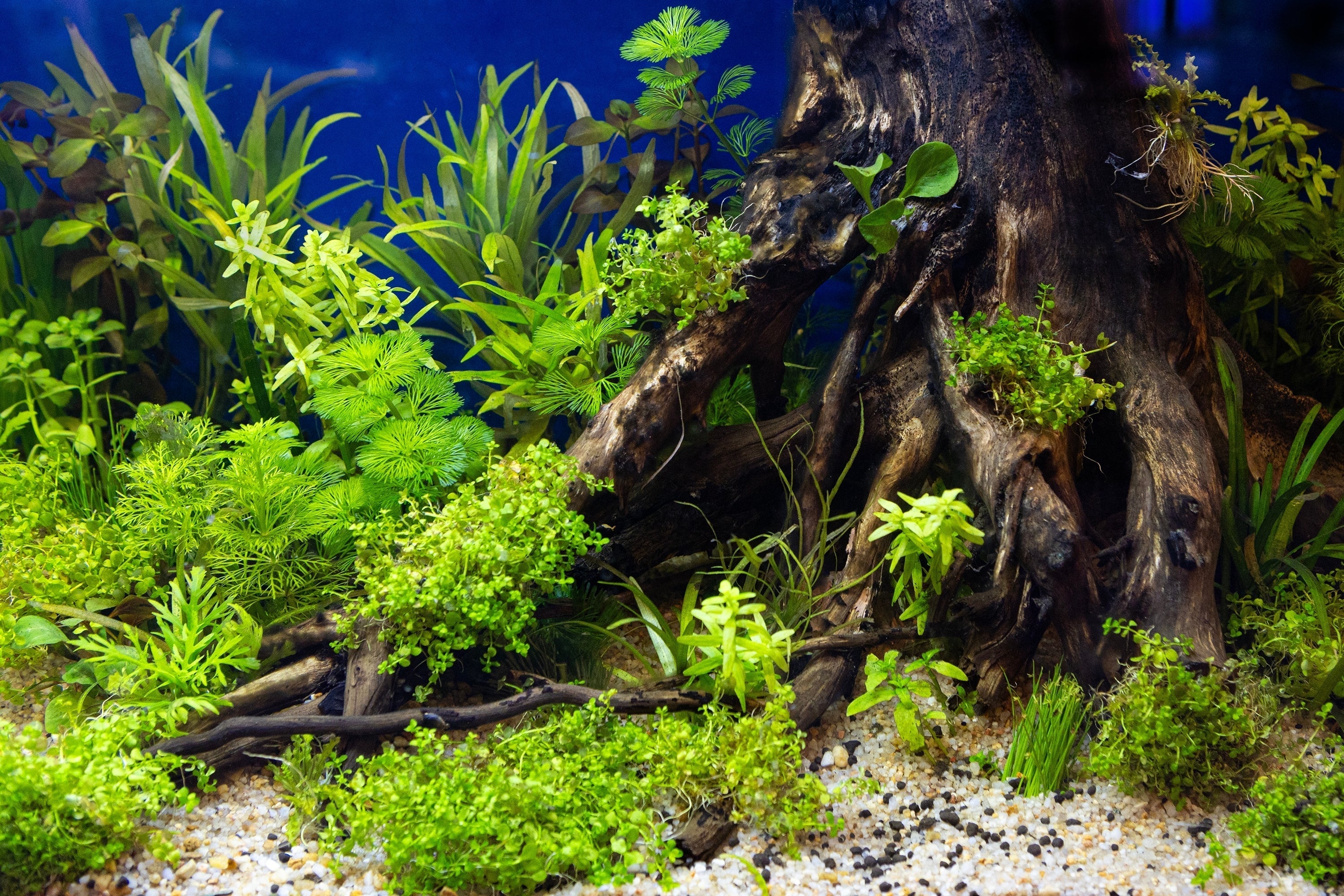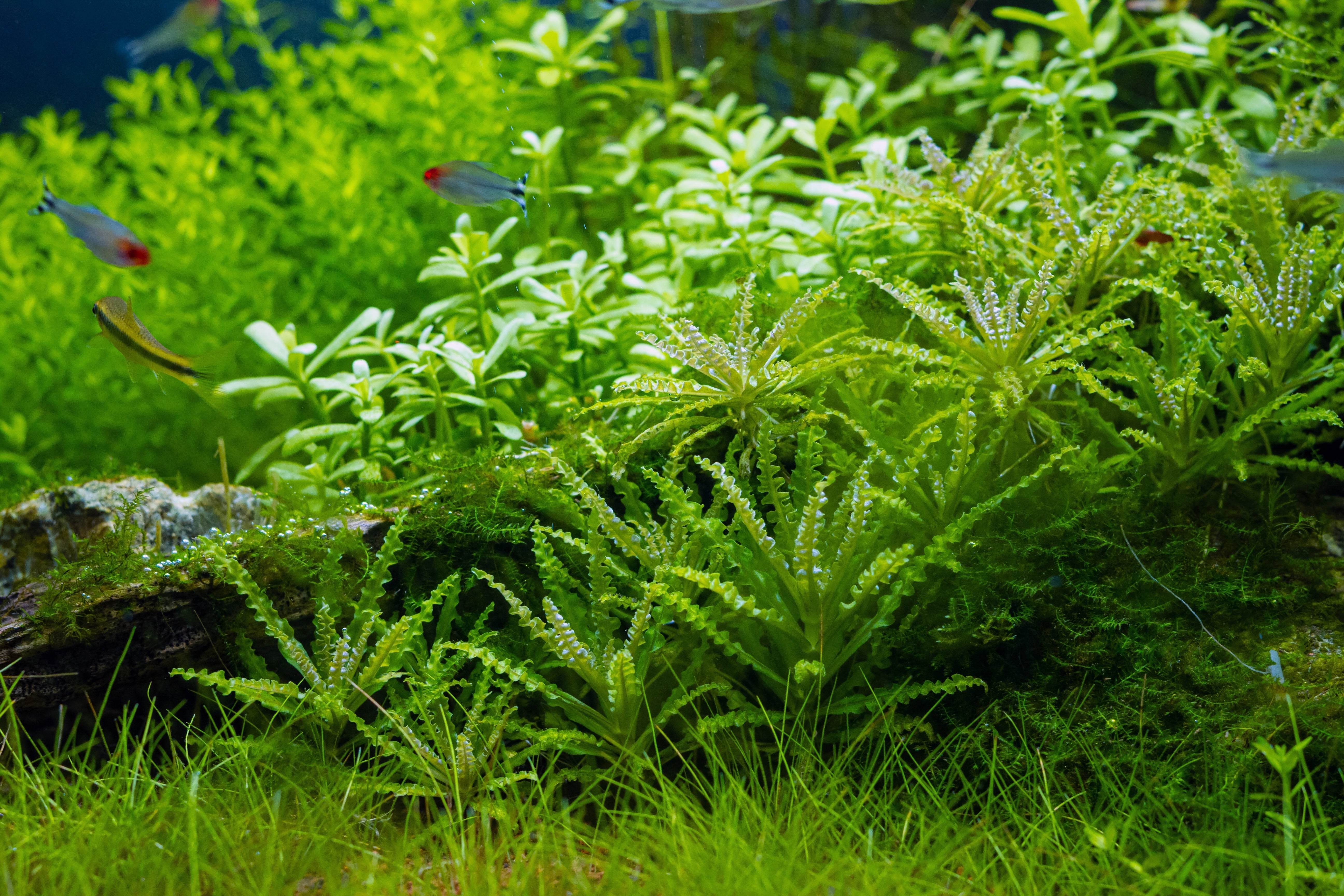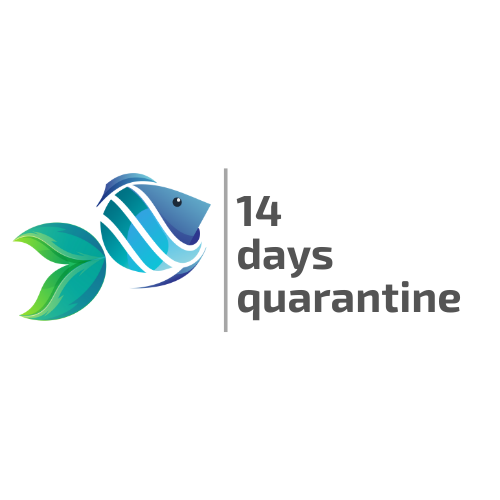Table of Contents
Dive into the fascinating world of frontosa cichlid tank companions with our expert guide unveiling the ideal tank mates for these majestic fish. From their serene demeanor to their striking appearance, Frontosa cichlids are a prized addition to any aquarium. But finding compatible tank mates can be a challenge. In this article, we reveal the perfect companions that will create a harmonious environment for your Frontosa cichlids to thrive. Whether you're a seasoned aquarist or a newcomer to the hobby, our comprehensive list of compatible tank mates will help you create a balanced ecosystem in your aquarium. Discover which fish species complement the Frontosa cichlids' peaceful nature and majestic presence, making your tank a showcase of aquatic beauty. Join us as we explore the ideal tank mates for Frontosa cichlids and unlock the secrets to a harmonious aquatic community like never before.
Understanding Frontosa Cichlid Behavior and Habitat
Native to the deep waters of Lake Tanganyika in Africa, Frontosa cichlids thrive in a rocky environment with stable water conditions. In their natural habitat, they dwell at depths of 30 to 50 feet, where they live in large groups and exhibit a social hierarchy. These freshwater fish are relatively slow-moving but can be territorial, especially when breeding. Their peaceful yet dominant nature makes them suitable for specific Frontosa tank mates, but not all fish can coexist with them.
Due to their slow metabolism and relatively calm nature, Frontosa fish prefer subdued lighting and slow-moving currents. When designing a Frontosa fish tank, it is essential to replicate their natural environment by incorporating plenty of rock formations, caves, and hiding spots while leaving enough open swimming space. They can grow quite large, reaching 12-14 inches in captivity, so a spacious tank is a necessity.
Visit here for more details about How to Care for Frontosa
Importance of Selecting Suitable Tank Mates
Choosing the wrong tank mates for your Frontosa fish tank can lead to aggression, stress, and even fatalities. Unlike some aggressive Cichlid species, Frontosa cichlids fish are relatively peaceful, but they do establish a hierarchy and can be territorial, especially around breeding time.
Suitable Frontosa tank mates should be species that:
- Can tolerate the same water parameters (pH 7.8-9.0, temperature 74-80°F, and moderate hardness).
- Are not overly aggressive but also not too timid.
- Are large enough to avoid being eaten, as Frontosa fish are opportunistic predators.
- Prefer similar environmental conditions, such as rocky structures and caves.
Understanding these factors ensures a stress-free and harmonious tank environment where all fish can thrive.

Factors to Consider When Choosing Tank Companions
When selecting Frontosa tank mates, you should consider the following factors:
- Size Compatibility: Frontosa cichlids are predatory and will eat smaller fish. It is best to choose tank mates that are at least half their size to prevent them from becoming a meal.
- Temperament: Avoid keeping them with overly aggressive species like Mbuna cichlids, which may bully them. Similarly, avoid overly timid species that may get stressed by the size and dominance of Frontosa.
- Water Parameters: Since Frontosa fish require alkaline water with a stable pH, ensure that their tank mates can tolerate similar conditions.
- Swimming Levels: A balanced tank will have fish that inhabit different zones: top, middle, and bottom. Frontosa cichlids are middle-to-bottom dwellers, so fish that swim near the surface make good companions.
- Dietary Needs: Frontosa cichlids are carnivorous and should not be housed with herbivorous fish that require a completely different diet.
- Activity Level: Fast, hyperactive fish may stress out Frontosa cichlids, so choose tank mates with moderate activity levels.
Ideal Tank Mates for Frontosa Cichlids
1. Angelfish
Why They're Suitable
- Temperament: Angelfish are generally peaceful, making them compatible with the calm nature of Frontosas.
- Size: They grow to a size that discourages predation by Frontosas.
- Water Parameters: Both species thrive in similar water conditions, preferring slightly acidic to neutral pH levels.
Considerations
- Ensure ample space and hiding spots to accommodate both fish species.
- Monitor interactions initially to ensure compatibility.
2. Bristlenose Plecos
Why They're Suitable
- Temperament: Bristlenose Plecos are peaceful and spend most of their time at the bottom, minimizing interactions with Frontosas.
- Size: Their size and armored bodies deter potential aggression.
- Tank Role: They help control algae growth, contributing to tank cleanliness.
Considerations
- Provide hiding spots like caves or driftwood for the Plecos.
- Ensure they receive adequate fish food, especially if the tank lacks natural algae.
3. Rainbowfish
Why They're Suitable
- Temperament: Rainbowfish are active yet peaceful, adding movement without causing stress to Frontosas.
- Size: Their size makes them less likely to be seen as prey.
- Water Parameters: They adapt well to a range of water conditions, aligning with Frontosa requirements.
Considerations
- Maintain a school of Rainbowfish to promote natural behavior.
- Ensure the fish tank is spacious to accommodate the activity levels of both species.
4. Corydoras Catfish
Why They're Suitable
- Temperament: Corydoras or Cory Catfish are non-aggressive and social, often schooling together at the tank's bottom.
- Size: While smaller, their behavior and speed typically keep them safe from Frontosas.
- Tank Role: They assist in cleaning by scavenging leftover food.
Considerations
- Keep them in groups to ensure their well-being.
- Provide soft aquarium substrates to protect their sensitive barbels.
5. Gourami
Why They're Suitable
- Temperament: Many Gourami species are peaceful and can coexist with Frontosas.
- Size: Their size and semi-aggressive nature deter potential threats.
- Water Parameters: They are adaptable to various water conditions, similar to Frontosas.
Considerations
- Avoid pairing with overly aggressive Gourami.
- Ensure the tank has both open swimming areas and hiding spots.

Tips for Maintaining a Harmonious Tank Environment
- Provide a Spacious Tank: A minimum of 125 gallons is recommended for a group of Frontosa to reduce territorial disputes.
- Maintain Water Quality: Regular water changes (20-30% weekly) and efficient filtration are essential for stability.
- Create Hiding Spots: Aquarium decorations such as rocks, caves, and driftwood help reduce stress and allow tropical fish to establish territories.
- Monitor Aggression: Observe interactions among tank mates and remove any overly aggressive fish if necessary.
- Feed a Balanced Diet: High-quality fish food like pellets, occasional live or frozen foods, and varied nutrition keep all fish healthy.
- Avoid Overstocking: Keeping the tank population in check prevents overcrowding and stress.
Conclusion
Creating a thriving Frontosa fish tank requires a careful selection of tank mates and live plants. By choosing compatible Frontosa tank mates and maintaining a well-balanced environment, you can enjoy a stunning and peaceful aquarium. Whether you’re a seasoned aquarist or just starting out, following these guidelines will help you build a successful community tank where your Frontosa cichlids can flourish. Visit Splashy Fish tropical fish store for high-quality Frontosa fish for sale and other freshwater fish for sale. You can buy them online or visit us at aquarium store in Virginia for more betta fish for sale, freshwater shrimp for sale, and aquarium supplies.
Frontosa Tank Mates Frequently Asked Questions (FAQs)
Can Frontosa Cichlids live with other African Cichlids?
Frontosa cichlids can live with certain African cichlids, but compatibility depends on temperament and size. They do well with Peacock Cichlids and Haplochromis species, as these fish are not overly aggressive and can coexist peacefully in a spacious aquarium. However, Mbuna cichlids should be avoided because of their territorial and aggressive behavior, which can stress out Frontosas. To create a successful mixed African cichlid tank, it’s crucial to provide ample space, and hiding spots, and ensure all fish are of similar size to prevent bullying or predation.
Will Frontosa eat smaller fish?
Yes, Frontosa cichlids are predatory fish and will eat any smaller tank mates that can fit in their mouths. While they are generally peaceful, their natural diet consists of smaller fish in the wild, meaning species like Tetras, Guppies, and small Cichlids are not suitable companions. To avoid predation, it’s best to house Frontosas with fish that are at least 5 inches or larger. Additionally, feeding them a high-protein diet with pellets, frozen foods, and occasional live foods will help reduce their hunting instincts in the aquarium.
What fish should you avoid keeping with Frontosas?
Not all fish are compatible with Frontosas, and some species should be avoided. Aggressive cichlids, such as Mbuna, Red Devils, and Flowerhorns, can harass and stress Frontosas, leading to fights. Fast and nippy fish like Tiger Barbs or small Tetras may pick at the long fins of Frontosas, causing injury. Additionally, tiny fish, such as Guppies and small community fish, will likely be eaten. It’s also important to avoid bottom dwellers that are overly territorial, such as aggressive Plecos or large Catfish, as they may compete for space with Frontosas.


